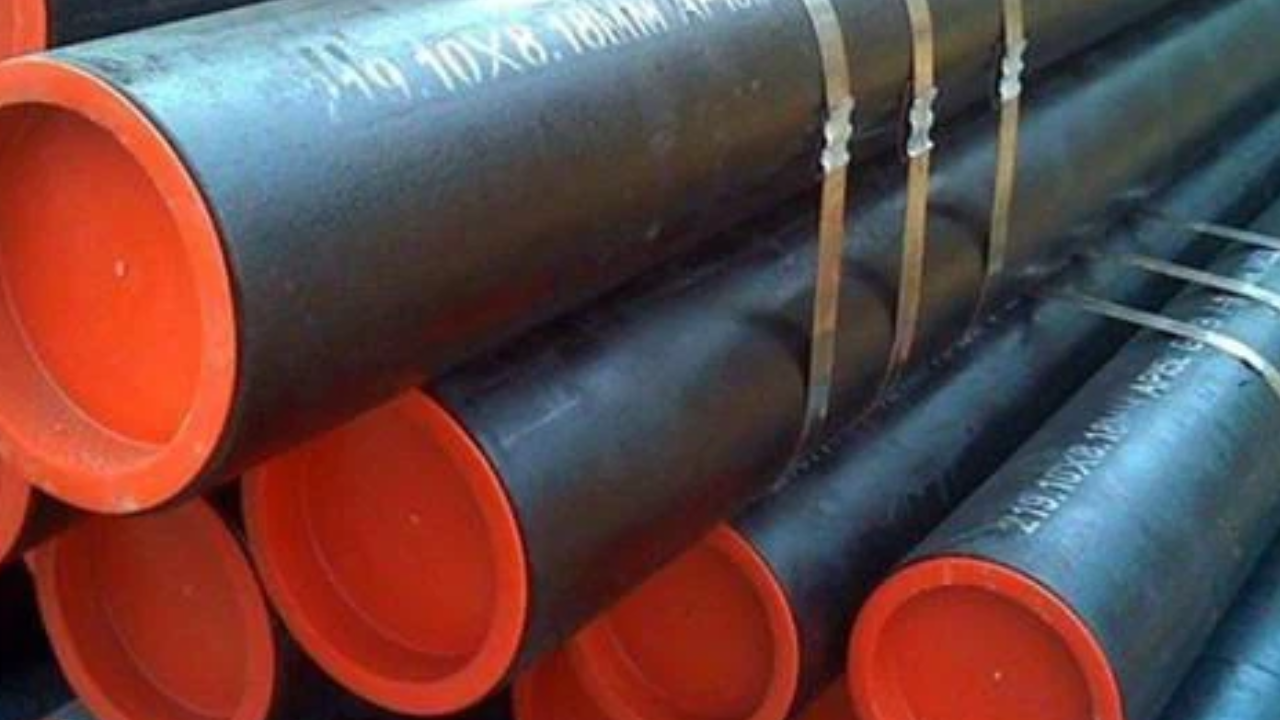ASTM A53 pipe, mounted via the Yank Society for Testing and Substances (ASTM), stands as a cornerstone in the realm of steel pipe specifications. This widespread use encompasses each seamless and welded steel pipe, serving a mess of industries with its diverse applications. Knowledge of its significance entails spotting its pivotal function in ensuring structural integrity, fluid conveyance, and operational safety across diverse sectors.
ASTM A53 pipe holds paramount significance in industries ranging from production to oil and fuel, plumbing, and structural engineering. Its seamless and welded variations offer flexible answers for various requirements, be it transporting beverages, gases, or serving as structural additives. The standardization furnished using ASTM a53 ensures uniformity in material quality, dimensions, and overall performance, thereby facilitating seamless integration into initiatives while mitigating dangers associated with inferior products.
Testing Requirements For ASTM A53 Pipe To Ensure Excellent Reliability
ASTM A53 pipe is a vital thing in numerous industries, including production, oil and fuel, plumbing, and structural packages. To ensure its first-class, sturdiness, and reliability, ASTM A53 specifies rigorous testing necessities that need to be met all through production. These checking-out methods are crucial for confirming the integrity of the pipe and its suitability for particular applications.
Tensile testing
The tensile test is a fundamental mechanical check conducted on substances, such as ASTM A53 pipe, to determine their tensile power and elongation properties. For the duration of the check, a specimen of the cloth is subjected to controlled tensile pressure until it fractures. The maximum force applied, divided by the authentic cross-sectional vicinity of the specimen, gives the tensile energy. Elongation is measured as the proportion of growth in length earlier than failure.
Bending Test
The bending test evaluates the ductility and resistance to cracking of ASTM A53 pipe with the aid of subjecting it to controlled bending forces. A targeted portion of the pipe is bent to a predetermined perspective without fracturing. The check assesses the fabric's capacity to deform plastically without failure and ensures it can withstand bending stresses encountered at some point in the installation process. Compliance with bending check necessities allows for verifying the structural integrity and reliability of the pipe.
Flattening Test
The flattening check assesses the ductility and deformability of ASTM A53 pipe by knocking down a detailed length until the opposing partitions touch. The diploma of knocking down is measured and as compared to fashionable necessities to determine compliance. This takes a look at evaluating the pipe's ability to withstand deformation and bending without fracturing or rupturing. Compliance with flattening check specs guarantees the material possesses the important ductility and energy requirements for various installation and service conditions.
Hydro testing
The hydrostatic test examines the integrity of the ASTM A53 pipe using subjecting it to inner water pressure. The pipe is filled with water and pressurized to a predetermined stage, usually calculated primarily based on the desired minimum yield energy. This check guarantees the pipe can withstand the meant running pressure without leakage or failure. Compliance with hydrostatic check requirements confirms the structural soundness and reliability of the pipe for its intended packages.
Nondestructive Electric-Powered Testing
Nondestructive electric-powered trying out, also called eddy modern-day testing, examines ASTM A53 welded pipes for surface and subsurface defects without causing harm. A magnetic discipline is brought on inside the pipe, and variations in electromagnetic homes are analyzed to stumble on discontinuities such as cracks, laps, or inclusions. This approach guarantees the high quality and integrity of welded joints, presenting a guarantee of the pipe's suitability to be used in diverse packages.
Summary
Compliance with ASTM A53 testing necessities is vital for ensuring the efficient, reliable, and overall performance of metal pipes used in numerous commercial applications. Hydrostatic checking out, nondestructive electric testing, and knocking down checking out are many of the key strategies prescribed through ASTM A53 to assess the integrity and suitability of the pipe for its intended purpose. By adhering to those testing approaches, manufacturers can produce ASTM A53 pipes that meet stringent requirements and provide long-lasting overall performance in various running environments.


